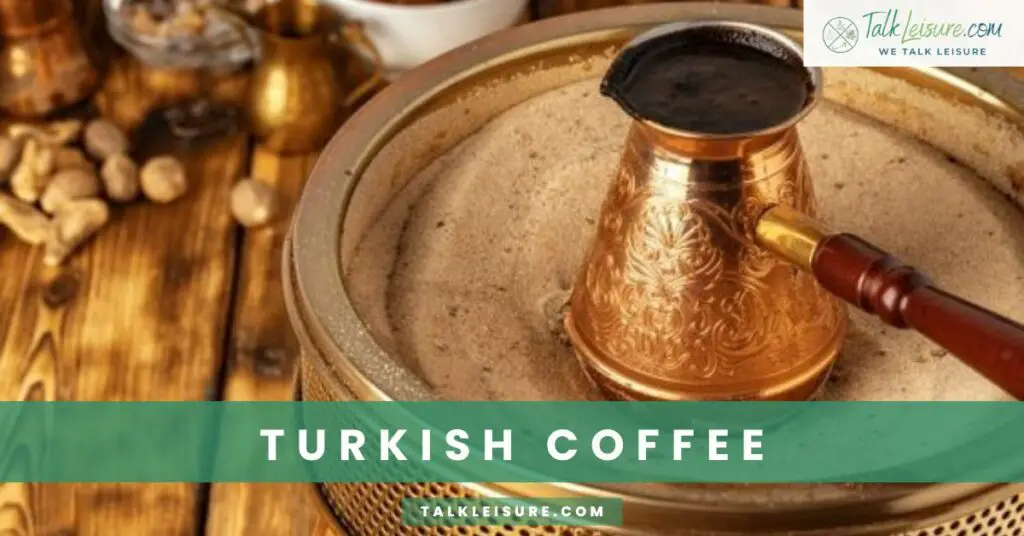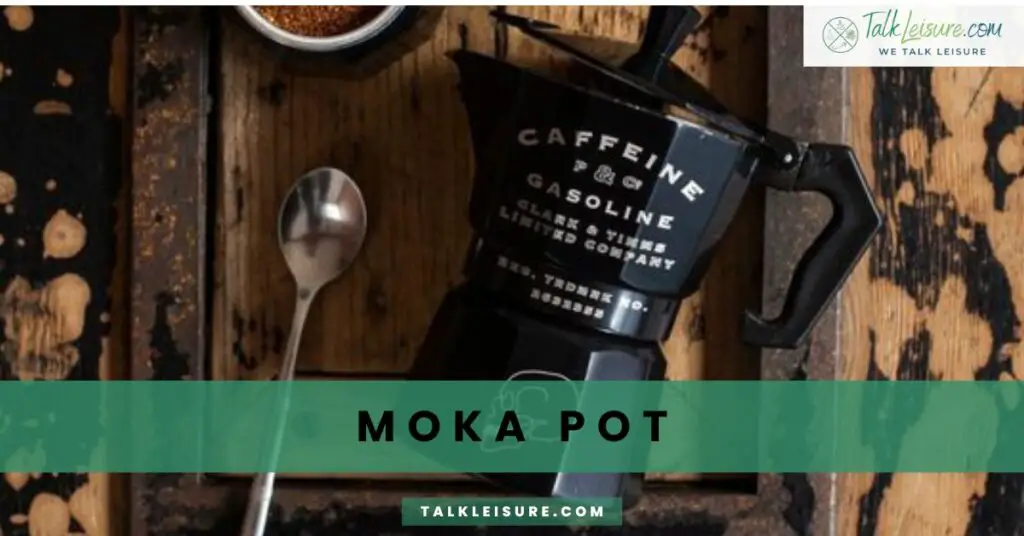As a coffee lover, I have always been fascinated by the diverse ways in which this beloved beverage is brewed around the world.
From traditional methods passed down through generations to innovative techniques that push the boundaries ,come let’s explore unusual Coffee Brewing Methods of coffee.
In Ethiopia, the birthplace of coffee, the traditional brewing method involves using a clay pot called a jebena.
This method, known as the Ethiopian Coffee Ceremony, creates a rich and flavorful coffee by boiling the beans with water and serving it in small cups.
In Japan, the art of pour-over coffee has taken brewing to a whole new level.
Using a special kettle called a gooseneck and a slow and precise pouring technique, baristas create a delicate and aromatic cup of coffee known for its clarity of flavors.
In Vietnam, they have their own unique way of brewing coffee called ca phe sua da.
This method involves dripping hot water through a small metal filter filled with coarsely ground coffee and letting it slowly drip over a layer of sweetened condensed milk, resulting in a strong and sweet cup of coffee.
What are some different brewing methods used to make coffee?
Turkish Coffee

History and Tradition of Turkish Coffee
Turkish coffee is not just a beverage; it’s a cultural tradition that dates back centuries.
It has become an integral part of Turkish culture and is deeply rooted in their history.
Legend has it that Turkish coffee was first introduced to Istanbul by Syrian traders in the 16th century.
From there, it quickly gained popularity, and coffeehouses became gathering places for intellectuals, poets, and artists.
The preparation and serving of Turkish coffee are unique and hold great significance in Turkish customs.
The beans are ground into a very fine powder and brewed in a special pot called a cezve.
Traditionally, the coffee is prepared on hot sand or an open flame, adding to the theater of the experience.
Preparing and serving Turkish coffee
To make Turkish coffee, one must start with the freshest beans and grind them to a fine powder.
The grounds are then mixed with water and sugar (if desired) in the cezve and heated slowly.
The coffee is brewed by bringing it to a boil three times, allowing the foam to rise, and carefully pouring it into small cups.
The serving of Turkish coffee is an art in itself. The cups are small and handle-less, held by the rim, and sipped slowly.
It is customary to serve a glass of water alongside the coffee to cleanse the palate between sips.
Vietnamese Coffee
Vietnamese Coffee Culture
Vietnamese coffee is more than just a delicious drink; it is a reflection of the vibrant and rich culture of Vietnam.
Coffee has played a significant role in the country’s history, introduced by French colonists in the late 19th century.
Today, it has evolved into a unique and beloved beverage that is deeply rooted in Vietnamese tradition.
In Vietnam, coffee is not just a quick pick-me-up; it is a time to slow down, relax, and enjoy the moment.
Cafes are plentiful, and locals can be seen leisurely sipping their coffee while engaging in conversations or simply observing street life.
Vietnamese coffee culture is all about embracing the present and cherishing the simple pleasures in life.
How to Brew Vietnamese Coffee
Brewing Vietnamese coffee is a process that requires patience and attention to detail.
The key to its distinct flavor lies in using a traditional Vietnamese coffee filter, also known as a phin.
Here’s a step-by-step guide on how to brew Vietnamese coffee:
- Start by placing the coffee filter on top of a cup or mug.
- Add 2-3 tablespoons of coarsely ground Vietnamese coffee into the filter. The coffee is typically a dark roast, known for its strong and intense flavor.
- Use the filter press to lightly compress the coffee grounds.
- Pour hot water over the coffee grounds, filling the filter to the brim. Let it sit for a minute to allow the coffee to bloom.
- Place the filter press on top of the coffee and let the coffee slowly drip into the cup below. This process typically takes around 5-7 minutes.
- Once all the coffee has dripped through, stir it to ensure an even distribution of flavors.
- Vietnamese coffee is traditionally enjoyed hot, but you can also pour it over a glass filled with ice for a refreshing iced coffee experience.
Ethiopian Coffee Ceremony

Significance and Customs of the Ethiopian Coffee Ceremony
For Ethiopians, coffee is not just a daily drink; it is a significant part of their culture and heritage.
The Ethiopian coffee ceremony is a traditional ritual that brings people together, fosters community, and honors the value of hospitality.
The ceremony begins with the preparation of the coffee beans, which are freshly roasted and ground using a mortar and pestle.
The hostess then starts brewing the coffee in a clay pot called a “jebena.”
The aromatic scent of the brewing coffee fills the room, creating a warm and inviting atmosphere.
Once the coffee is ready, it is served in small cups called “cini,” symbolizing the values of togetherness and respect.
The hostess pours the coffee from a height, demonstrating grace and skill.
The first cup, known as “abol,” is offered to the eldest guest as a sign of respect, followed by serving the rest of the guests in order of age.
Steps to Perform an Ethiopian Coffee Ceremony
- Roasting the coffee beans: Green coffee beans are roasted on a heated pan, stirring continuously until they turn dark brown, releasing a distinct aroma.
- Grinding the coffee: The roasted coffee beans are ground using a mortar and pestle until they reach a fine consistency.
- Brewing the coffee: The ground coffee is placed in the jebena, along with water, and brewed over hot coals or a gas stove. The jebena is often decorated with colorful patterns and symbols.
- Serving the coffee: The hostess pours the coffee from the jebena into small cups, holding the handle with her thumb and the rest of her fingers, demonstrating the respect and care.
- Enjoying the coffee: Guests savor the rich and flavorful Ethiopian coffee while engaging in conversations and building connections.
AeroPress
The AeroPress Brewing Method
The AeroPress is a unique and innovative coffee brewing method that has gained popularity among coffee enthusiasts around the world.
Developed by engineer Alan Adler, the AeroPress is known for its versatility and ability to produce a smooth and flavorful cup of coffee.
The brewing process involves combining coffee grounds and hot water in a chamber, which is then pressed through a paper or metal filter using air pressure.
This method allows for a quick extraction, resulting in a clean and crisp cup of coffee.
Tips For Brewing Coffee Using AeroPress
Use fresh and high-quality coffee beans: Start with freshly roasted beans and grind them just before brewing for maximum flavor.
Experiment with grind size: Depending on your preference, you can try different grind sizes to achieve the desired strength and taste.
Control your water temperature: Brewing with water between 175°F and 185°F (79°C and 85°C) can help bring out the best flavors in your coffee.
Find your preferred brewing method: The AeroPress offers multiple brewing methods, such as the standard method, inverted method, or even cold brew. Explore and find the one that suits your taste buds.
Rinse the filter: Before brewing, rinse the filter with hot water to remove any paper taste or residue.
Happy brewing!
Moka Pot

Origins and Design of the Moka Pot
The Moka Pot, also known as a stovetop espresso maker, is an iconic and unique coffee brewing method that originates from Italy.
Invented by Alfonso Bialetti in the 1930s, the Moka Pot quickly became a staple in Italian households and is now loved by coffee enthusiasts worldwide.
The design of the Moka Pot is distinctive, featuring three chambers – a bottom chamber for water, a middle chamber for coffee grounds, and a top chamber for the brewed coffee.
The water in the bottom chamber is heated, creating steam that forces the water through the coffee grounds and into the top chamber.
This process results in a strong and flavorful cup of coffee that resembles an espresso.
The Moka Pot’s simple yet effective design has remained largely unchanged over the years, making it a reliable and easy-to-use brewing method.
Its compact size and portability make it a fantastic option for coffee lovers on the go.
Chemex
Chemex Brewing Method
As a coffee enthusiast, I am always searching for unique and exciting ways to brew my morning cup of joe.
One method that has caught my attention is the Chemex brewing method.
The Chemex is not just a coffee maker; it’s a work of art that produces a smooth and clean cup of coffee. Let me tell you about its features and benefits.
Chemex is known for its elegant and visually appealing design.
Made from high-quality glass, it has a sleek hourglass shape that is sure to impress your guests.
The clear glass allows you to see the entire brewing process, making it a beautiful centerpiece for any coffee lover’s kitchen.
One of the standout features of the Chemex is its unique filter.
Made of a thick paper material, it removes impurities and oils from the coffee, resulting in a crisp and bright flavor profile.
The filter also allows for a slower extraction time, giving the coffee grounds ample time to release their full potential.
With only a few steps, you can brew a perfect cup of coffee.
Simply add your preferred amount of coffee grounds to the filter, pour hot water over them in a circular motion, and let it drip into the Chemex carafe.
The process is straightforward and easy to master.
Cold Brew
Exploring the Popularity of Cold Brew Coffee
As a coffee lover, I’m always on the lookout for unique and exciting ways to enjoy my caffeine fix.
One brewing method that has gained immense popularity in recent years is cold brew coffee.
It’s a refreshing and smooth alternative to traditional hot coffee, perfect for those warm summer days or when you need a pick-me-up without the heat.
Let’s dive into why cold brew has captured the hearts of coffee enthusiasts worldwide.
Cold brew coffee is known for its unique brewing process.
Unlike traditional hot coffee that is brewed with hot water, cold brew involves steeping coffee grounds in cold or room temperature water for an extended period, usually overnight.
This slow and gentle extraction process results in a smoother and mellower flavor, with reduced acidity and bitterness.
Another reason for the growing popularity of cold brew is its versatility.
The concentrated nature of cold brew allows you to enjoy it in various ways.
You can dilute it with water or milk, incorporate it into cocktails or desserts, or even pour it over ice for a refreshing cold brew iced coffee.
The options are endless, and you can get creative with your cold brew concoctions.
Conclusion
As a coffee enthusiast, I’m always fascinated by the variety of brewing methods around the world that produce unique and delightful flavors.
While cold brew has become increasingly popular, there are other unconventional brewing methods that deserve recognition.
These are just a few examples of the extraordinary and diverse coffee brewing methods from around the world.
Exploring these methods allows us to appreciate the artistry, culture, and flavors that coffee brings to our lives.
So next time you’re looking to try something new, consider venturing into the world of unconventional brewing methods and elevate your coffee experience.
Cheers to embracing the global coffee culture!
Frequently Asked Questions
What are some essential books for someone looking to deepen their knowledge about the history and cultural significance of coffee?
Explore recommendations for books that provide a comprehensive understanding of coffee’s journey through history and its cultural impact.
Are there specific books that focus on the art of coffee brewing and the nuances of different brewing techniques?
Find out about books that delve into the craftsmanship of coffee making, offering insights into various brewing methods and the science behind a perfect cup.
Which books stand out for their exploration of the global coffee industry, covering aspects like sustainability, fair trade, and the challenges faced by coffee producers?
Discover literature that sheds light on the broader implications of the coffee industry, including its environmental and ethical dimensions.
Are there any engaging reads that blend storytelling with coffee expertise, making the learning experience enjoyable for both enthusiasts and casual readers?
Learn about books that strike a balance between informative content and engaging narratives, making them accessible and enjoyable for a wide audience.
What recent releases or hidden gems in the world of coffee literature are worth exploring for someone seeking the latest insights and perspectives?
Stay updated with recommendations for recently published books or underrated gems that offer fresh perspectives on coffee, ensuring your reading list is both current and enriching.
Best Wishes!











